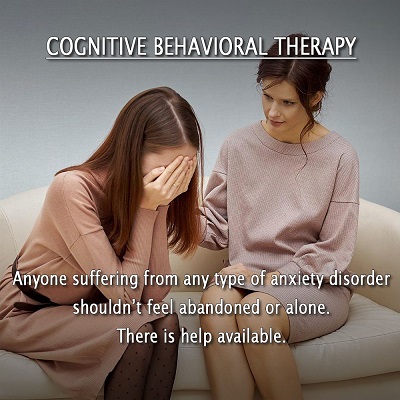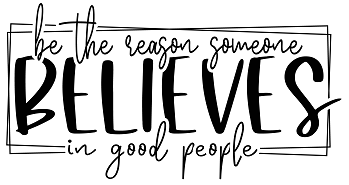 Do you have anxiety and panic attacks? A debilitating fear that interferes with your everyday life, especially the enjoyment of it? Or, do people see you as someone with neurotic tendencies thereby isolating you from the rest? If you are suffering from any type of anxiety disorder, don’t feel abandoned and alone. There is help available.
Do you have anxiety and panic attacks? A debilitating fear that interferes with your everyday life, especially the enjoyment of it? Or, do people see you as someone with neurotic tendencies thereby isolating you from the rest? If you are suffering from any type of anxiety disorder, don’t feel abandoned and alone. There is help available.
Cognitive Behavioral Therapy
Unlike common anxiety medications, CBT can unearth the primary causes of your apprehensions and extreme distress. It allows you to acquire new perspectives in less frightening ways, leading to better problem-solving skills.
CBT’s predominant goal is to alter patterns of thinking and subsequent behavior that lurk inside our minds and affect our relationship with the world at large. This healing approach can be employed when someone has sleep-related problems, relationship issues, suffers from life-threatening depression, or worries excessively.
It is also used to discover the hidden reasons why someone gets trapped in substance abuse resulting in the degradation of their quality of life or even death.
The Many Faces of CBT
Cognitive behavioral therapy has many approaches, all designed to suit the needs and preferences of individuals. Below are common techniques being used by therapists on people who participate in CBT.
Thought Diaries or Thought Records
This is a candid approach that probes into undesirable perceptions frequently linked to anxiety disorders.
In this method, a CBT participant is requested to jot down their:
- damaging views and feelings,
- the scenario in which the thought or feeling was held,
- the sentiments associated with the thought,
- if there was an attempt to cope and what these attempts were,
- the ensuing outcome of the situation.
This approach is exceedingly helpful in identifying the specific scenarios which led to the unease and the corresponding practices that will help in alleviating the problem.
Interpersonal Therapy
Also known as IPT, the method is conducted in a few sessions that investigate the underlying issues that are triggering the anguish of the person, then develop a course of action to address the source of pain.
This technique explicitly holds that interpersonal issues, such as having difficulty with a superior or continuing conflict with a family member, are linked to inner symptoms.
Subsequently, psychoanalysts and counselors provide their clients with interpersonal skills to help them with their current difficulties which can improve the client’s sources of social support.
Modern Exposure Therapy
This therapy, used to treat people with fixated fears, utilizes a healing tactic known as systematic desensitization. In this method, therapists methodically expose their clients to the target of their fear in increasing degrees. For instance, a person with an extreme fear of snakes will be initially shown photos of snakes.
The therapist will progress to showing the person a fake snake, then ultimately show them a real snake. Finally, the phobic person will be asked to go near the snake, and then touch it. In this final process, the person with snake phobia is led to relax their muscles until there is a feeling of tranquility and eventually, the fear subsides.
Anxiety First-Aid
Not everyone can afford to engage in a cognitive behavioral therapy session. Also, it may be the case that you can’t immediately access this remedy at the time you need it. So, what can you do when a CBT therapist is not available for you?
Providing there is no physical danger, face your fears and confront your anxiety head-on. Push past your fear/comfort zone as much as you are able.
If you keep on dodging and sidestepping situations that scare you or make you anxious, you are very likely avoiding doing things that you need to do; the things that will contribute to future success, happiness and personal growth. If this happens, you won’t be able to prove to yourself if, or not, the situation is really as bad as you expect it to be, so you miss opportunities.
It has been proven that anxiety problems increase when you get into an avoidance pattern. Where you safely can, expose yourself to your fear or the thing that makes you anxious, and you’ll usually discover that it wasn’t really what you think it is.





